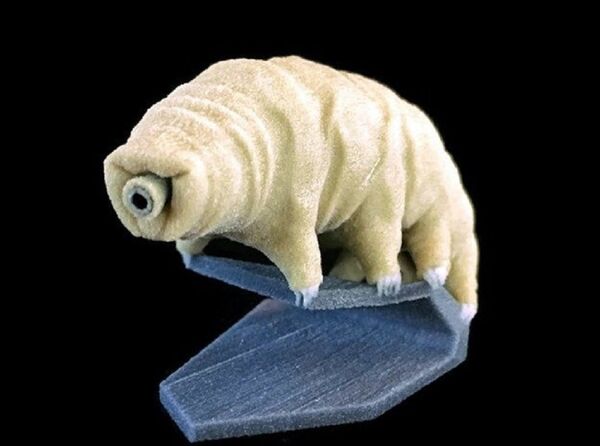Scientists have identified the creature that will survive on Earth the longest. It's able to withstand all the astrophysical catastrophes that would wipe out humans and the rest of Earth's animals.
The creature is the "tardigrade," an eight-legged animal that is also known as a "water bear."

The tiny tardigrade usually measures less than 1mm in length and can only be seen under a microscope. The water-dwelling microbes have been discovered in the harshest regions of Earth, for example in Antarctica, Japanese hot springs, 5,546 m up a Himalayan mountain and on the ocean floor of the northern Gulf of Mexico.
Tardigrades can endure extreme temperatures of up to 150 degrees centigrade, or down to absolute zero. They are capable of surviving up to 30 years without food or water – half their lifespan – and of withstanding huge doses of radiation.
"Tardigrades are as close to indestructible as it gets on Earth, but it is possible that there are other resilient species examples elsewhere in the universe. In this context there is a real case for looking for life on Mars and in other areas of the solar system in general. If Tardigrades are Earth's most resilient species, who knows what else is out there."
They found that there are no near-Earth asteroids with a big enough potential impact to kill off the tardigrade, nor is there a potential supernova or gamma ray burst close enough to Earth that would render them extinct.
Tardigrades are even able to survive in space, scientists have found. In 2007, thousands of the creatures were attached to a satellite, the ESA's FOTON-M3 mission, which launched several experimental payloads from the Baikonur Cosmodrome in Kazakhstan.



